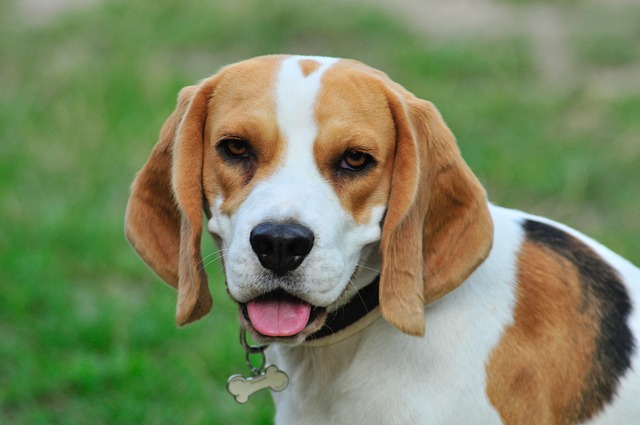
How do i train my dog to be obedient?
Watching your dog dart across the park ignoring your calls isn’t just frustrating—it can put them at risk near busy streets or public spaces.
That frantic dash across your new rug with a squirming puppy in your arms? Every new pet parent knows the race against time when house training hits. While no magic wand exists (puppies have tiny bladders!), science-backed strategies can dramatically speed up the process. The secret sauce? Predictability meets positive reinforcement. Puppies thrive on routine – their developing brains link actions to outcomes best when events happen like clockwork. Start by mapping their biological rhythms: A 10-week-old pup typically needs a potty break every 45-90 minutes, after every nap, within 15 minutes of eating or drinking, and after intense play. Set phone alarms religiously – consistency builds muscle memory faster than sporadic outings.
Now, transform those outdoor trips into victory laps. Arm yourself with high-value treats (think shredded cheese or freeze-dried liver) and the moment your pup eliminates outside, celebrate like they won a gold medal! A bright "Yes!" or clicker sound followed immediately by treats wires their brain: Outdoor potty = party. For apartment dwellers, this means strategic leash walks to designated grassy spots – avoid rushing back inside until they’ve performed. If accidents happen indoors (and they will!), never scold. Interrupt calmly with an "Oops!", whisk them outside, and clean the mess with enzymatic cleaners like Angry Orange or Rocco & Roxie. Regular cleaners leave trace ammonia that screams "toilet here!" to puppy noses.

Here’s the cultural non-negotiable: Physical punishment or rubbing noses in accidents is ineffective and illegal in places like California and Massachusetts under anti-cruelty statutes. Beyond ethics, yelling creates anxious pups who hide to eliminate – slowing training. Instead, use confinement wisely: A properly sized crate (just enough room to turn around) leverages a dog’s instinct to keep their den clean for naps and overnight. For urban owners, balcony potty patches (like Fresh Patch) offer interim solutions during parvo-risk periods – but always transition to outdoor elimination once vaccines are complete (rabies shots are legally required nationwide).
Community compliance dovetails with speed. Always carry biodegradable bags – cities like Chicago issue $500 fines for uncollected waste. Keep leashes under 6 feet in shared spaces, and immediately clean hallway accidents in apartments to avoid HOA disputes. Track water intake in humid climates like Texas; adjust potty breaks if pup drinks extra. If progress stalls after 14 weeks, rule out UTIs with your vet. Remember: "Quickest" means working with biology, not against it. Most pups achieve reliability by 4-6 months using this reward-based rhythm – turning those frantic dashes into proud potty parades.

Watching your dog dart across the park ignoring your calls isn’t just frustrating—it can put them at risk near busy streets or public spaces.

New puppy owners often find themselves rushing to clean up accidents before they set in, and that’s where puppy pad training becomes a game-changer.

If you've noticed your dog's waistline disappearing and your veterinarian has mentioned those few extra pounds, your first instinct might be to simply reduce the amount of food in their bowl.

Training a dog to use a designated spot indoors isn’t as daunting as many new owners fear, but it does take consistency and an understanding of your pet’s needs.

That moment of dread on a walk is all too familiar for many new dog owners. You see another dog approaching down the sidewalk of your neighborhood

If the sight of another dog on your neighborhood walk makes your heart sink as your own dog erupts into a frenzy of barking and lunging, you're not alone.